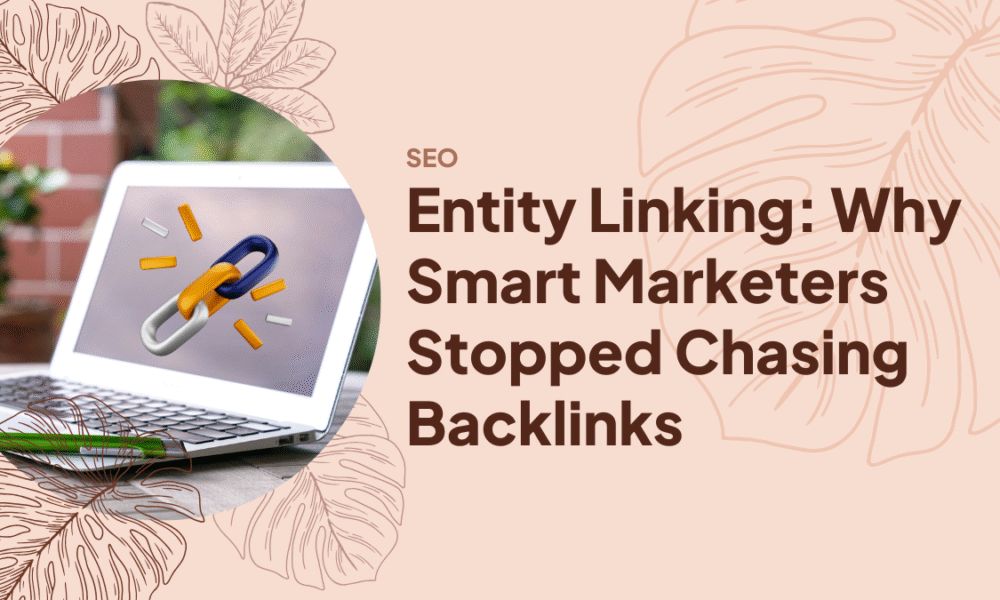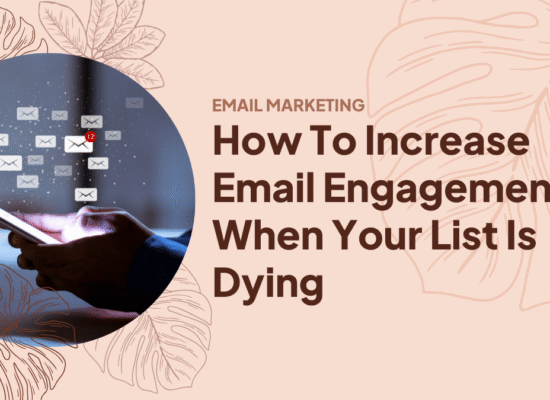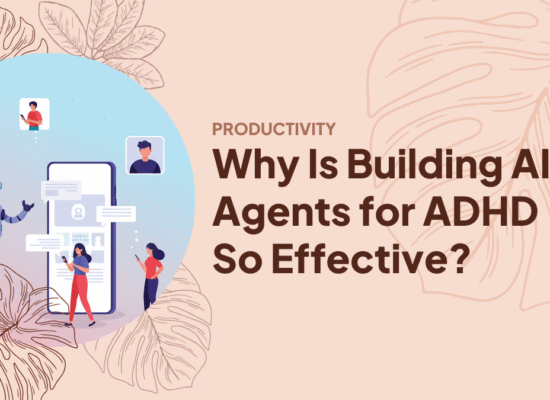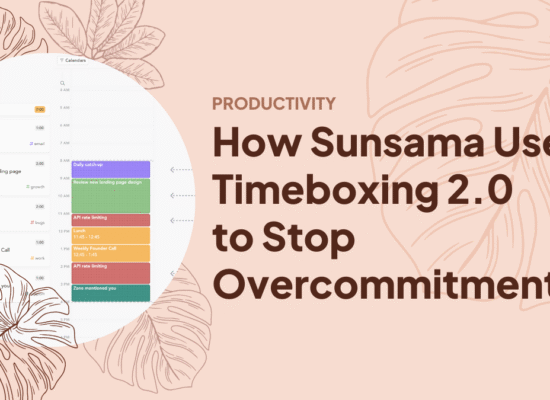Table of Contents
Your link building strategy might be backwards.
Most SEO professionals still operate under an outdated assumption. More backlinks equal better rankings. Build enough links, and traffic follows.
The data tells a different story.
I’ve watched this shift happen in real-time across client accounts. Traditional link building campaigns that should work often don’t. Meanwhile, sites with fewer but more strategically placed entity connections consistently outperform competitors with stronger link profiles.
The problem runs deeper than most marketers realize.
The Backlink Obsession Problem
Traditional backlinking focuses on volume and domain authority. Get links from high-authority sites. Build relationships with publishers. Create linkable assets that attract natural mentions.
This approach worked when search engines relied heavily on link signals to understand content quality and relevance.
But search has evolved.
Google’s Gary Illyes made this shift explicit when he stated that links are “important, but I think people overestimate the importance of links.” He emphasized that Google needs “very few links to rank pages” and that “over the years, we’ve made links less important.”
This represents a fundamental change in how search engines evaluate content.
The traditional metrics we’ve relied on—domain rating, referring domains, total backlinks—provide incomplete pictures of ranking potential. I see this pattern repeatedly when analyzing why certain pages rank despite weaker traditional link profiles.
Search engines now prioritize semantic understanding over raw link volume.

Entity Linking Changes Everything
Entity linking connects your content to recognized entities in knowledge graphs. Instead of just building links between websites, you’re building semantic relationships between concepts, people, places, and topics.
Think of it as the difference between name-dropping and demonstrating genuine expertise.
This approach proves particularly valuable for businesses implementing omnichannel sales strategies, where consistent messaging across touchpoints requires semantic clarity that entity linking provides.
When you mention “digital marketing” and properly connect it to related entities like “content strategy,” “conversion optimization,” and “user experience,” search engines understand your content’s topical depth and relevance. This semantic understanding becomes crucial when optimizing for user experience design, where search engines need to comprehend how different UX elements connect to broader user intent.
The results speak for themselves.
Entity-based content delivers up to 1400% better search visibility than traditional keyword-focused approaches. This massive improvement comes from aligning content with how modern search algorithms actually understand and categorize information.
But the benefits extend beyond raw rankings.
Entity linking helps search engines understand context, intent, and relationships between topics. Your content becomes part of a semantic web that connects related concepts across the internet.
This semantic approach mirrors how humans naturally think about and connect information. When someone searches for “email marketing automation,” they’re not just looking for pages that mention those exact words. They want comprehensive information about related concepts like segmentation, personalization, lead nurturing, and conversion tracking.

The Real-World Evidence
I recently analyzed a case study that perfectly illustrates this shift. A SaaS company secured more than 300 new backlinks in a single year but saw only marginal organic traffic increases. They were consistently outranked by competitors with weaker link profiles.
The issue became clear during the analysis.
Their backlinks lacked strategic entity associations. They had quantity without semantic relevance. The links didn’t help search engines understand what the company actually did or how their content related to user search intent.
Meanwhile, their competitors focused on building fewer but more strategically placed entity connections. They created content that naturally linked to relevant concepts, people, and topics within their industry knowledge graph.
The semantic approach won decisively.
Interestingly, this shift has implications beyond traditional SEO. Companies investing heavily in guest blogging for thought leadership often see better results when their content demonstrates strong entity relationships rather than simply securing high-authority placements.
This pattern repeats across industries and company sizes. Sites that understand entity relationships and semantic connections consistently outperform those relying solely on traditional link building metrics.
The shift reflects how search engines have become more sophisticated at understanding content meaning and user intent.

Building Your Entity Strategy
Effective entity linking starts with understanding your industry’s knowledge graph. Map the key concepts, people, companies, and topics that define your space.
Essential Entity Linking Techniques
For digital marketing, this might include entities like “conversion rate optimization,” “marketing automation platforms,” “customer lifetime value,” and specific industry leaders or companies.
The goal is comprehensive topical coverage, not keyword stuffing.
Create content that naturally references and connects these entities. When discussing email marketing, include relevant connections to segmentation strategies, deliverability factors, and automation workflows.
Use structured data markup to help search engines understand these entity relationships. Schema markup provides explicit signals about how your content connects to broader knowledge graphs.
Link internally between related topics to reinforce semantic relationships. When you mention conversion optimization in one piece, link to comprehensive resources about testing methodologies, statistical significance, and user experience principles.
This approach builds topical authority systematically.
Monitor your entity coverage using tools that analyze semantic relationships and topical gaps. Identify areas where competitors have stronger entity associations and develop content to fill those gaps.
The process requires more strategic thinking than traditional link building but delivers more sustainable results.
Integrating Both Approaches
Smart SEO strategy doesn’t completely abandon backlinks. High-quality links from relevant sources still provide value, especially for new domains building initial authority.
The key is strategic integration.
When evaluating link building cost versus entity linking investment, many businesses discover that entity-focused strategies deliver more sustainable ROI over time.
Focus backlink efforts on sites that strengthen your entity associations. A link from an industry publication that covers your core topics provides both traditional link equity and semantic relevance signals.
Quality becomes more important than quantity.
When building relationships with publishers and industry sites, prioritize those that cover topics closely related to your entity map. Their audiences and content align with your semantic positioning.
Use entity research to identify linkable asset opportunities. Create comprehensive resources about specific entities in your space. These naturally attract links while strengthening your semantic associations.
Track both traditional metrics (referring domains, link equity) and semantic indicators (entity coverage, topical authority scores, featured snippet opportunities).
The Strategic Shift
This evolution reflects broader changes in how search engines understand and serve user intent. The focus has shifted from document retrieval to answer generation and semantic understanding.
Modern search results increasingly feature AI-generated summaries, featured snippets, and knowledge panels. These formats prioritize semantic understanding over traditional ranking factors.
Your content strategy needs to align with this reality.
Entity linking positions your content for these emerging search formats. When search engines need authoritative information about specific topics, they draw from sources with strong entity associations and semantic clarity.
The marketers who recognize this shift early gain significant competitive advantages. They build content strategies that work with semantic search rather than against it.
Traditional link building becomes one component of a broader semantic strategy rather than the primary focus.

Practical Implementation
Start by auditing your current content for entity coverage and semantic gaps. Identify the core concepts, people, and topics that define your industry expertise.
Create comprehensive topic clusters that cover related entities systematically. Instead of isolated blog posts, build interconnected content that demonstrates topical depth and expertise.
Use AI tools to identify entity opportunities and semantic relationships.
Tools like entity analysis platforms can reveal gaps in your topical coverage and suggest strategic content opportunities. They show how your content connects to broader knowledge graphs and where improvements would have the most impact.
Optimize existing content by adding relevant entity mentions and internal links. This strengthens semantic associations without requiring completely new content creation.
Monitor performance using both traditional SEO metrics and semantic indicators. Track improvements in featured snippet placements, knowledge panel mentions, and topical authority scores.
The goal is building comprehensive expertise that search engines recognize and reward through improved visibility across multiple query types.
Moving Forward
The shift from backlink obsession to entity strategy represents a maturation of SEO practice. Instead of gaming systems through link manipulation, successful strategies now focus on demonstrating genuine expertise and topical authority.
This change benefits both search engines and users. Content that ranks well genuinely serves user intent and provides comprehensive information about relevant topics.
The future belongs to marketers who understand semantic relationships.
Start building your entity strategy today. Map your industry’s knowledge graph, identify content gaps, and create comprehensive resources that demonstrate topical expertise.
The competitive advantage goes to those who adapt quickly to this semantic reality rather than clinging to outdated link building approaches.
Your rankings—and your audience—will thank you for making this strategic shift.
Key Takeaways
Entity linking outperforms traditional backlinking by focusing on semantic relationships rather than raw link volume, delivering up to 1400% better search visibility.
Strategic integration works best – combine high-quality backlinks with strong entity associations to build both traditional authority and semantic relevance.
Future-proof your strategy by mapping your industry’s knowledge graph and creating comprehensive topic clusters that demonstrate genuine expertise rather than gaming search algorithms.
Build Real Authority That Google Actually Notices
Frequently Asked Questions
What's the main difference between backlinking and entity linking?
Backlinking focuses on getting links from other websites to build authority, while entity linking creates semantic relationships between your content and recognized concepts in knowledge graphs. Entity linking helps search engines understand what your content is actually about, not just who links to it.
Should I completely stop building backlinks?
No, high-quality backlinks still provide value, especially for new domains building initial authority. The key is strategic integration – focus on links from sites that also strengthen your entity associations rather than pursuing links purely for domain authority.
How do I start implementing entity linking?
Begin by mapping your industry’s knowledge graph to identify key concepts, people, and topics in your space. Then create comprehensive content that naturally references and connects these entities, using structured data markup to help search engines understand the relationships.
Maria is an accomplished digital marketing professional, specializing in content marketing and SEO. She's a neurodivergent who strives to raise awareness, and overcome the stigma that envelopes around mental health.






